This is a combination of me and wikipedia (wikipedia and I). It is available to download on the web site from the 'Resources ...' page.
A Theory of Justice
Like Hobbes, Locke, Rousseau and Kant, Rawls belongs to the social contract tradition. However, Rawls' social contract takes a slightly different form from that of previous thinkers. In his book, A Theory of Justice (1971) Rawls develops what he claims are ‘principles of justice’ through an entirely and deliberately artificial device he calls the Original position. This involves parties (people) agreeing ‘principles of justice’ (fair rules for a society) from behind a veil of ignorance. This "veil" is one that essentially blinds people to all facts about themselves that might cloud what notion of justice is developed.
The ‘Original Position’
Rawls’ idea of ‘the original position’ can be seen as a development of the idea of ‘the state of nature’ in that it is an entirely hypothetical situation, designed to clear a space for developing ideas about how societies can be governed most fairly.
The "veil of ignorance" blinds people to facts about themselves - they are ignorant of their own personal circumstances, they have no knowledge of their place in society or their personal strengths, weaknesses or inclinations. This device offers a model that Rawls calls a ‘fair choice’ situation.
In this situation people can agree mutually acceptable principles of justice without the personal prejudice or hope for personal advantage that might cloud what notion of justice is developed.
Two Principles of Justice
The theory that Rawls develops from this hypothetical situation is known as "Justice as Fairness", and from this Rawls derives his two famous principles of justice: the liberty principle and the difference principle.
The First Principle of Justice (The Liberty Principle)
- First: each person is to have an equal right to the most extensive scheme of equal basic liberties compatible with a similar scheme of liberties for others.
- The basic liberties of citizens are, roughly speaking, political liberty (i.e., to vote and run for office); freedom of speech and assembly, liberty of conscience, freedom of property; and freedom from arbitrary arrest.
The first principle is more or less absolute, and may not be violated, even for the sake of the second principle, above an unspecified but low level of economic development. However, because various basic liberties may conflict, it may be necessary to trade them off against each other for the sake of obtaining the largest possible system of rights. There is thus some uncertainty as to exactly what is mandated by the principle, and it is possible that a plurality of sets of liberties satisfy its requirements.
The Second Principle of Justice (The Difference Principle)
Social and economic inequalities are to be arranged so that (Rawls, 1971, p.303):
a) they are to be of the greatest benefit to the least-advantaged members of society (the difference principle).
b) offices and positions must be open to everyone under conditions of fair equality of opportunity
(Adapted from an account on Wikipedia - KBr 02/09)









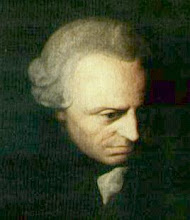





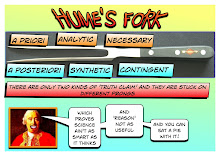
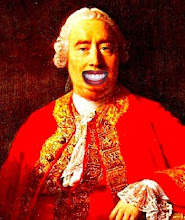



.jpg)

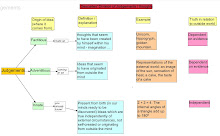

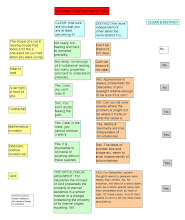



No comments:
Post a Comment